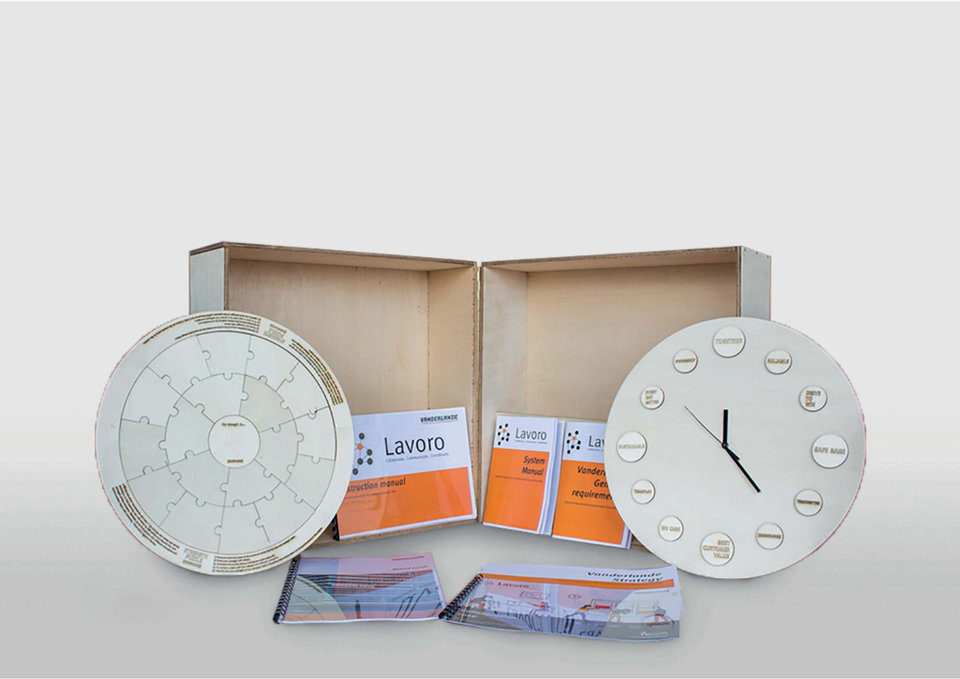Service designers and organizations increasingly want to understand and change customer behaviour. They struggle however to create durable change, as behavior is complex, dynamic and very often not rational. Knowledge from behavioural sciences can provide designers with the ability to more fundamentally understand and change customer behaviour. For this graduation project, a qualitative and exploratory research was conducted to develop a design approach and toolkit that supports service designers to create behavioural interventions across customer journeys.
In an attempt to influence customer behaviour, service designers have increasingly experimented with nudges: Simple, unconscious interventions that facilitate unconscious decision making. Although nudges have been proven to be very effective, they are not always scalable, sustainable or suitable to apply in a service context. The exploratory research shows that endured behaviour change requires customers to be in the right mindset at the right time. Service designers should thus not only facilitate automatic and fast thinking but also stimulate people to switch to more deliberate and conscious thinking when necessary.
Graduation project
Student
Anne van Lieren
Coaches
Jan Schoormans
Giulia Calabretta
Lavrans Løvlie
This research introduces a new design approach, in which two types of behavioural interventions (nudges and rational overrides) are combined across a customer journey to either speed up or slow down the user's momentum. The interventions do not only facilitate automatic and fast thinking but can switch customers to the conscious state. People can be prompted to switch by implementing micro moments of friction, also referred to as rational override interventions. A service design toolkit, consisting of five templates, two card sets and two databases, was designed to support designers, organizations and stakeholders to understand and design behavioural interventions. The toolkit enables designers to create tailor-made solutions that fits both the customer, business and organization.



